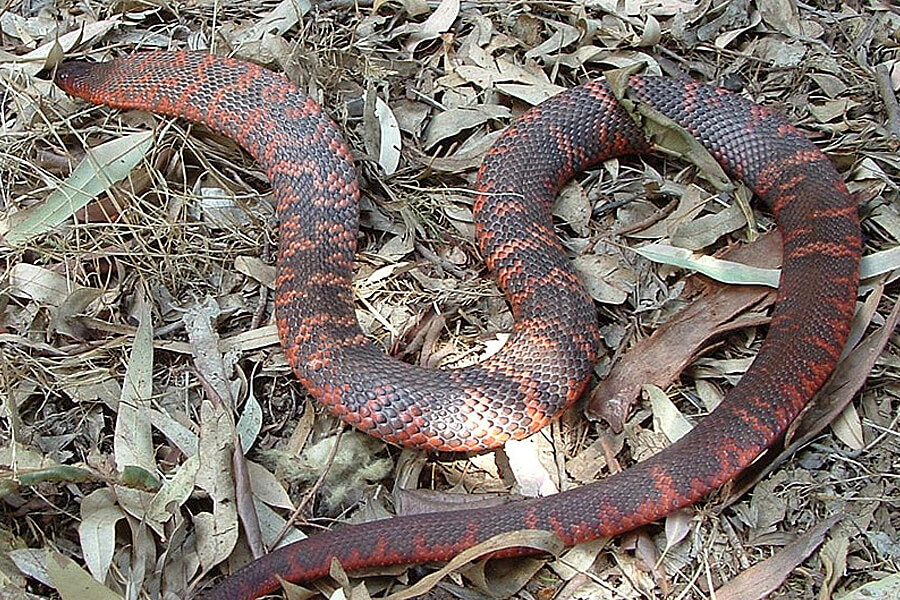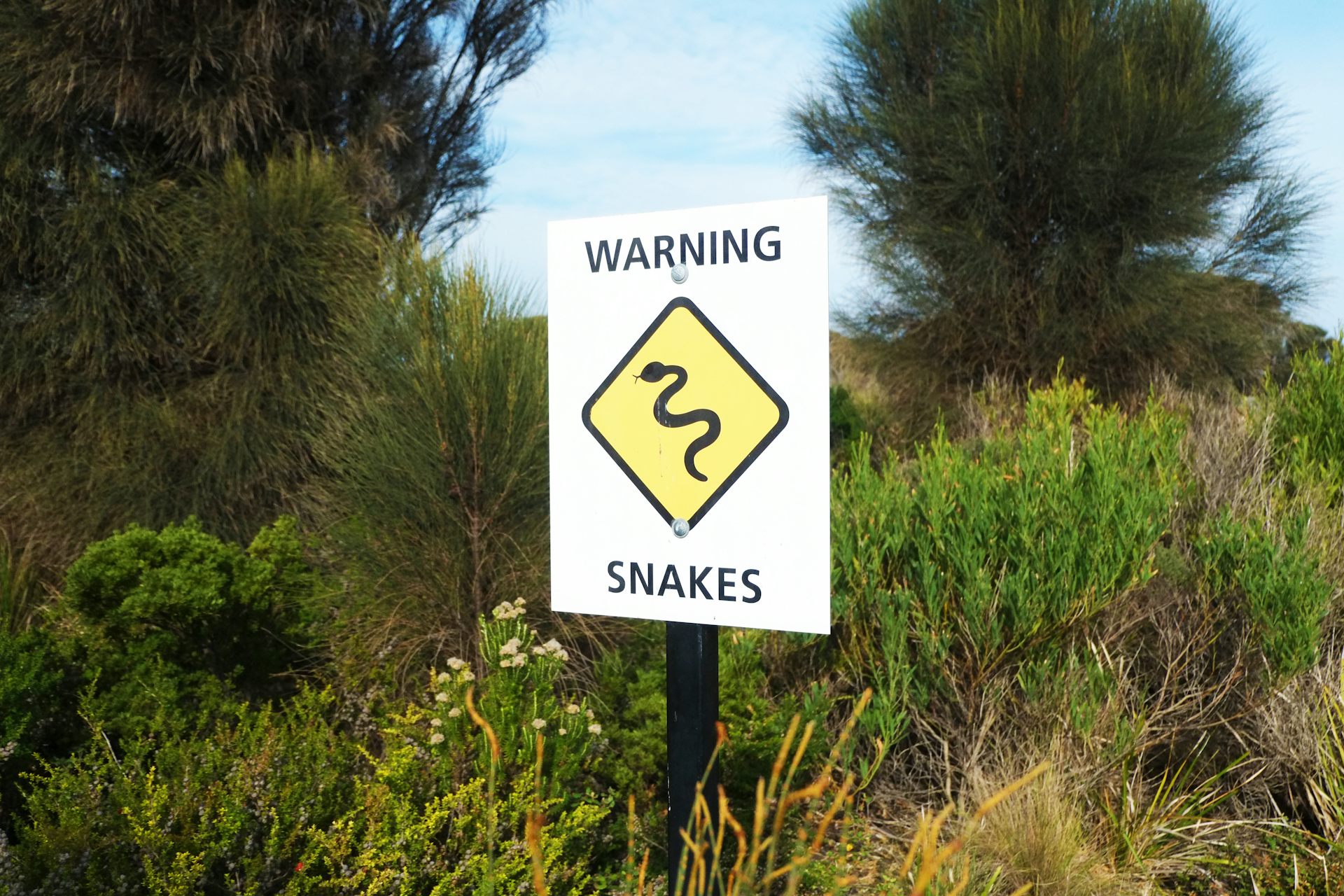Introduction
The tiger serpent is among Australia's many notorious reptiles, been afraid for its potent venom and hostile character. This interesting animal plays a critical duty in the environment, yet it commonly deals with misunderstandings that lead to unnecessary anxiety. In this detailed article, we will certainly look into the world of the tiger serpent, exploring its environment, venom features, and necessary emergency treatment techniques in situation of a serpent bite.
Understanding the Tiger Snake: Environment, Venom, and Emergency Treatment Essentials
Tiger serpents are mainly located along the southern shoreline of Australia, consisting of Tasmania. They grow in numerous settings such as wetlands, seaside regions, and even city areas. Their flexibility makes them successful predators; however, their closeness to human environments usually results in experiences that can lead to bites.
This short article https://trevorjqnd355.hpage.com/post1.html aims to debunk tiger serpents by reviewing their habitat preferences, analyzing their poison composition and results on humans, and providing essential emergency treatment information for bites.
1. Tiger Snake Environment: Where Do They Live?
1.1 Review of Tiger Snake Distribution
Tiger serpents (Notechis scutatus) are mostly discovered in southern Australia and Tasmania. They inhabit different ecosystems varying from coastal marshes to freshwater lakes.

- Coastal Regions: Tiger serpents are frequently discovered near shorelines where they search for fish and amphibians. Wetlands: These areas supply enough hiding places and bountiful prey. Urban Areas: As cities broaden right into natural habitats, tiger serpents might be seen venturing right into rural yards or parks.
1.2 Preferred Environments of Tiger Snakes
Tiger snakes choose damp atmospheres where water resources are easily available. Their environments generally include:
- Marshes: The dense plants permits them to ambush victim effectively. Swamps: These areas offer shelter from predators while supplying an abundant searching ground. Riversides: Water bodies attract several animals which work as food sources for these snakes.
1.3 Environmental Variables Affecting Environment Choice
Several variables affect where tiger snakes pick to live:
- Temperature: Being ectothermic (cold-blooded), they need warm environments for optimum task levels. Prey Availability: High populations of frogs and small creatures draw in these snakes. Shelter: Thick vegetation offers not only as camouflage however likewise as security versus potential threats.
2. Are Tiger Snakes Venomous? Comprehending Their Venom
2.1 Structure of Tiger Snake Venom
Yes! Tiger serpents are indeed poisonous creatures. Their venom is an intricate mixture having neurotoxins that can trigger paralysis and coagulopathies impacting blood clot mechanisms.
Key Components of Poison:
- Neurotoxins: Impact nerve feature leading to paralysis. Hemotoxins: Damages capillary creating inner bleeding.
Understanding these components helps us appreciate the effectiveness of a tiger snake bite.
2.2 Results of a Tiger Snake Attack on Humans
A bite from a tiger serpent can result in extreme signs:
- Local Signs and symptoms: Pain, swelling, and discoloration at the bite site. Systemic Symptoms: Nausea, throwing up, trouble breathing due to paralysis or restriction of airways.
Severity Levels
Minor Bite: Localized pain without systemic symptoms. Moderate Bite: Systemic signs but workable with medical care. Severe Bite: Lethal; calls for instant medical intervention.3. Determining Different Sorts Of Tiger Snakes
3.1 Eastern vs Tasmanian Tiger Snakes
There are two key groups based on geographical distribution:
Eastern Tiger Serpent (Notechis scutatus)
Found along eastern coasts approximately Queensland.
Tasmanian Tiger Snake (Notechis scutatus)
Adapted particularly to Tasmania's distinct atmosphere with somewhat varying coloration patterns.
3.2 Shade Variations in Environment Preferences
Tiger snakes show significant shade variants depending upon their environment:
- Coastal populaces usually show red stripes or spots for better camouflage versus sandy shores.
4. Behavior Patterns of Tiger Snakes
4.1 Hostility Level
Tiger snakes are understood for their aggressive actions when threatened or caught which can bring about Visit website defensive strikes if provoked.
4.2 Hunting Techniques
They possess impressive dexterity enabling them to strike promptly at victim such as frogs or tiny rats mostly throughout golden hours when they're most energetic-- making them nighttime hunters!

5. Emergency Treatment for Serpent Bites: Necessary Actions You Have To Know
When it pertains to dealing with snake bites, understanding is vital!
5.1 Immediate Actions After a Bite
If bitten by a tiger snake:
Stay tranquility! Panic boosts heart rate which spreads out poison faster via your bloodstream.
Apply pressure around the wound making use of tidy cloths-- avoid cutting or sucking out venom!
Remove limited clothing/jewelry near the bite website; swelling might take place rapidly.
Immobilize the impacted arm or leg utilizing splints if possible-- this restricts motion helping reduce venom spread!
5.2 Obtaining Clinical Help
Seek emergency medical support quickly! Time is essential when handling potential envenomation from tiger serpents!
5.3 Emergency treatment Kit Fundamentals for Snake Bites
Having a well-equipped first aid package can make all the difference throughout emergencies:
|Thing|Description|| ------|-------------|| Pressure Plaster|Helps immobilize injury|| Clean and sterile Gauze|For dressing injuries|| Emergency Call Information|Quick access numbers|| Antivenom Info|Expertise concerning neighborhood antivenoms|
6 FAQs About Tiger Snakes
Q1: Are all tiger snakes dangerous?
A: While all have venomous abilities influencing humans dramatically-- most favor evasion unless threatened!
Q2: Just how promptly does tiger serpent venom impact humans?
A: Symptoms might manifest within minutes relying on location & & quantity injected during envenomation events!
Q3: Can you make it through a tiger snake bite without treatment?
A: Unattended attacks can be fatal as a result of quick development; immediate medical care is crucial!

Q4: What need to I do if I encounter one?
A: Preserve range & & retreat slowly; avoid unexpected activities that may provoke aggression!
Q5: Exactly how common are attacks from tiger snakes?
A: Although experiences take place regularly-- actual attacks remain fairly rare due greatly due preventive steps taken by homeowners living within influenced ranges.
Q6: Is there a remedy available?
A: Yes! Antivenoms details for Australian species exist-- medical centers carry these drugs prepared when required quickly post-bite incidents!
7 Conclusion
Understanding the intricacies surrounding "Understanding the Tiger Snake: Environment, Venom, and Emergency Treatment Basics" is critical not only for personal safety but also fostering coexistence with these amazing animals inhabiting Australia's landscape! By learning more about their behaviors & & reliable reaction strategies concerning potential experiences-- we equip ourselves much better versus unneeded worries while valuing nature's variety totally! So allow's embrace education rather fear-- it leads towards consistency in between humankind wildlife Avoiding venomous snakes alike!